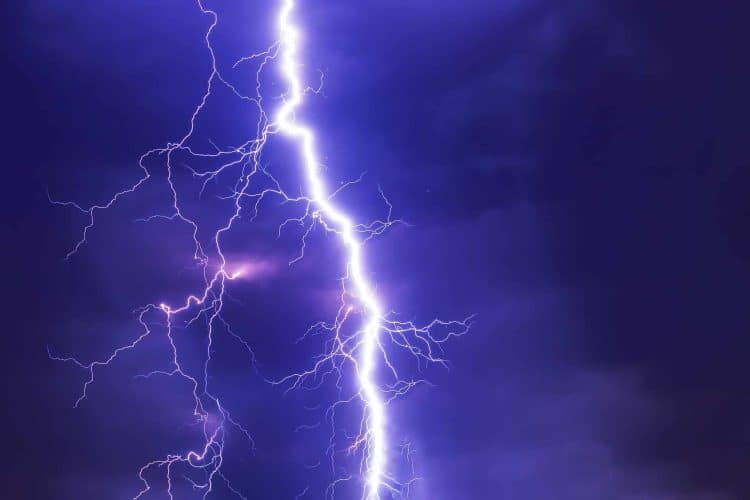Anyone who suffers a power outage knows what it means to live without electricity. We grab some candles, reflect on how people used to live, and head to the living room to sing a little “Kumbayah.” Cannabis extraction facilities also depend on electricity. Without it, operations screech to a halt. The power of this energy is ubiquitous. But electricity is extremely dangerous and requires strict safety procedures.
Dramatic, life-threatening shocks are an obvious risk. Faulty electrical systems (e.g., poor wiring) can also lead to a fire. And recently in California, a single spark from extraction machinery ignited vapors and caused a catastrophic explosion.
Most cannabis extractors operate in hazardous locations. The Occupation Health & Safety Administration outlines the classes and divisions associated with electrical safety in hazardous locations, but they originate from a private trade organization known as the National Fire Protection Association (NFPA). The NFPA publishes (as NFPA 70) the National Electrical Code (NEC), which “sets the foundation for electrical safety in residential, commercial, and industrial occupancies around the world.”
The classifications relevant to most extractors are:
- Class I Division I: flammable vapors are present during normal operations
- Class I Division II: flammable vapors are present in the event of equipment failure/abnormal conditions
Class I Division II includes rooms that are adjacent to Class I Division I extraction rooms. Many state and municipality electrical regulations for cannabis, including Santa Rosa, CA, Denver, CO, Colorado Springs, CO, the state of Maine, the state of Washington, and the state of Ohio, reference NEC classifications and requirements. States and localities have the ultimate authority and may amend or choose not to adopt these regulations.
Why not just offer a few ‘best practices’ and call it good? Electricity is complicated and dangerous. Compliance with electrical codes, and therefore safety, cannot be achieved only by inspecting equipment for frayed cords prior to use — although this is a basic best practice. Here are a few of the electrical safety regulations common across legalized states for extraction facilities:
- All electrical equipment and fixtures (even lights) should be rated/certified according to the NEC standards for class and division. OSHA maintains a list of Nationally Recognized Testing Laboratories.
- Electrical equipment/appliances should be interlocked with ventilation systems. This means that extraction equipment will only function in conjunction with ventilation systems. Gas detection system interlocks ensure that all electrical outlets disable in the presence of flammable vapors.
- All equipment and metal objects (even water piping) should be bonded and grounded. Bonding refers to the joining of metal parts to generate a path for electrical conductivity. Grounding means connecting metal parts to the earth. Bonding and grounding helps drain massive voltage in the event of a lightning strike. It also reduces the chance of static discharge spark.
- Extraction rooms should house no other electrical equipment beyond what is necessary for extraction (i.e., no mini-fridge).
- Extension cords should not be used in lieu of fixed wiring. The extractor must not run cables across rooms in order to operate equipment.
- The extractor should only contract licensed electrical engineers/technicians for construction, renovation, and/or maintenance. If moving into an existing facility, the extractor will almost certainly require an upgraded electrical system.
- Lockout/tagout devices and training should be implemented to protect maintenance workers.
The best way to ensure electrical safety in an extraction facility is to seek guidance from your local building department, fire department, and OSHA office. Although this sounds like a major hassle, the alternative is unspeakably worse. In the words of George Carlin, “Electricity is really just organized lightning.”












